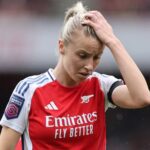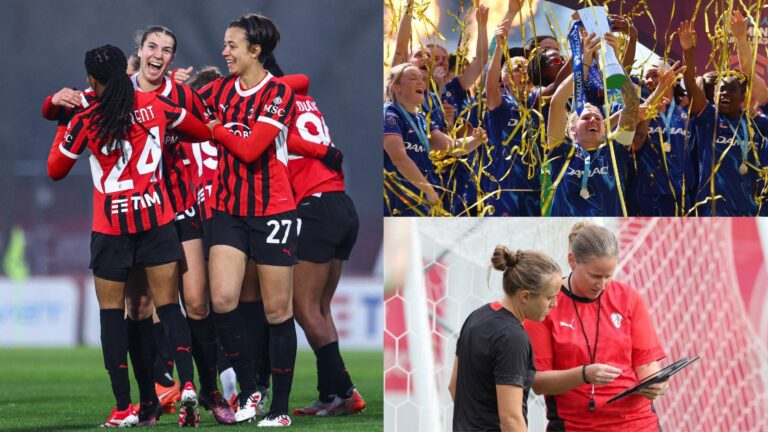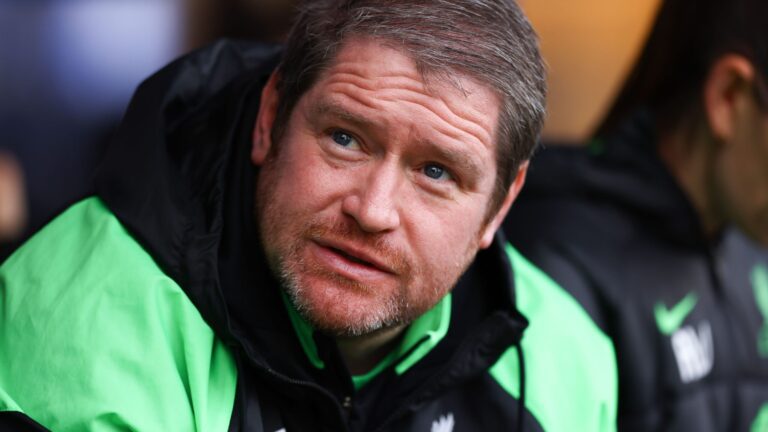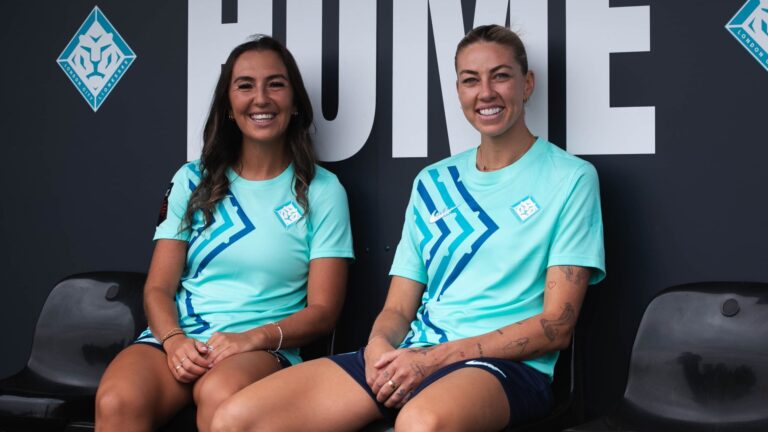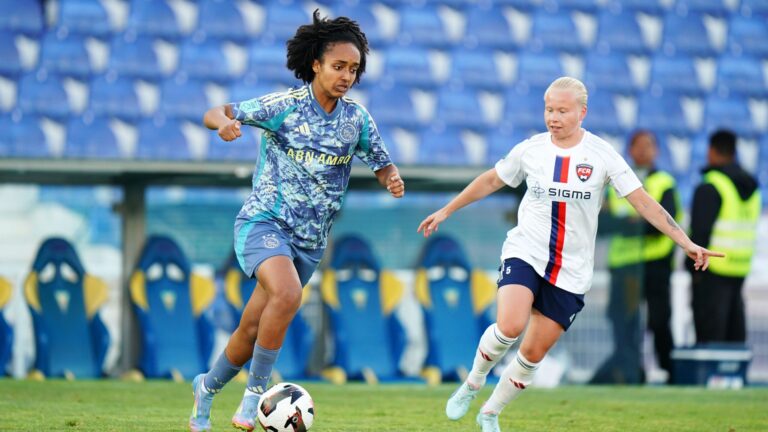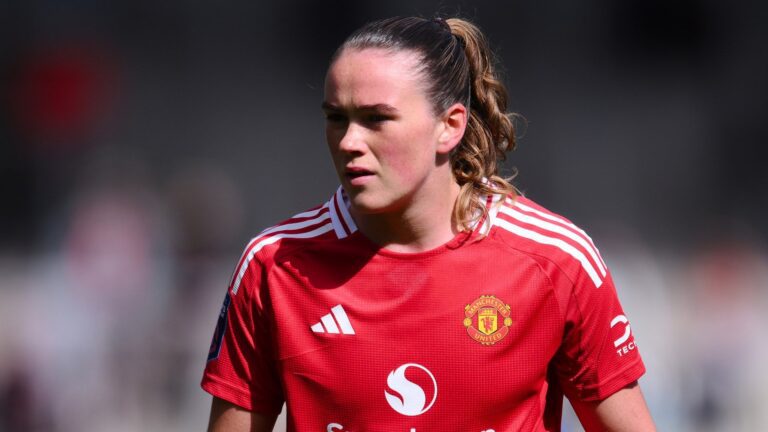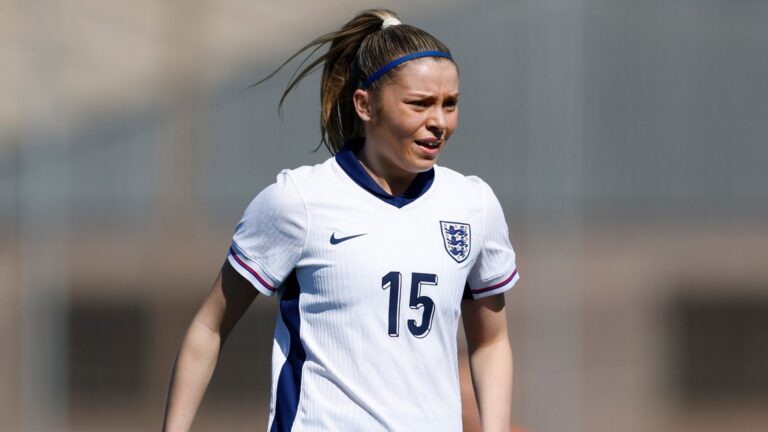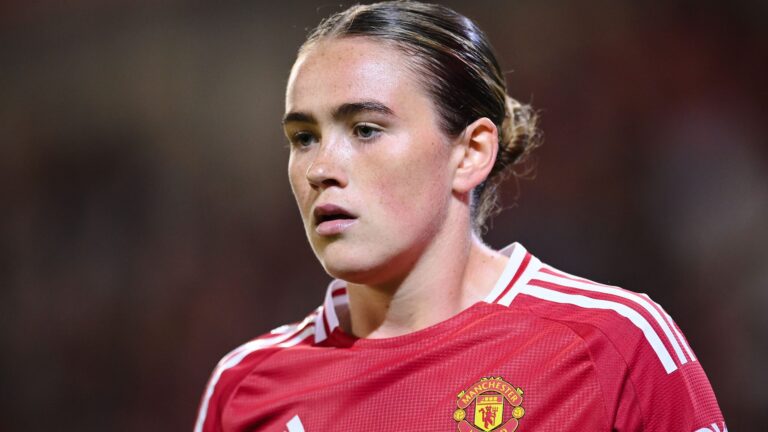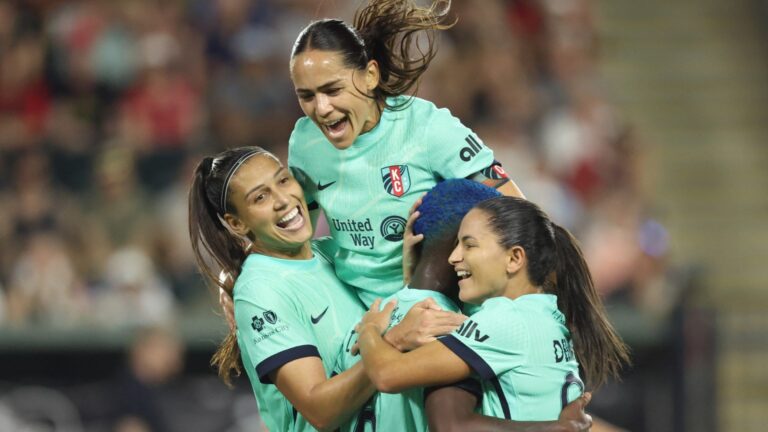Leah Williamson’s Knee Injury: A Major Hurdle for Arsenal in the WSL
In a disappointing turn of events for Arsenal and England fans, Leah Williamson‘s recent knee issue has forced the defender to sit out the opening matches of the Women’s Super League. As a pivotal player in Arsenal’s defense and England’s triumphant Euro 2025 campaign, her absence highlights the challenges of maintaining peak fitness in elite women’s football.
- Williamson to miss start of season
- England captain picked up knee issue at Euro 2025
- Has had surgery and will be absent as WSL returns



Details of the Injury and Recovery Process
During England’s hard-fought Euro 2025 quarter-final against Sweden, which went into extra time, Williamson was forced to exit the game due to a knee problem. Despite pushing through to contribute in the victories against Italy and Spain that secured the Lionesses’ title defense, the lingering effects have now kept her from the WSL’s early fixtures.
Post-Tournament Assessment and Surgical Intervention
Upon resuming training after the Euros, the 28-year-old defender noticed persistent swelling in her knee, leading to diagnostic scans. Medical experts opted for a minor corrective procedure, which went smoothly and aimed to address the irritation without major complications. This concern affects the same knee that previously suffered a severe anterior cruciate ligament tear in 2023, sidelining her for nearly nine months and causing her to miss the World Cup-though experts confirm this new setback is unrelated to that earlier damage.
To provide context, recent data from women’s football injury reports indicate that knee issues like Williamson’s are increasingly common, with a 15% rise in such injuries reported in the WSL over the last two seasons, underscoring the physical demands of international and club play.
Expected Timeline and Arsenal’s Upcoming Challenges
Short-Term Absence Amid a Packed Schedule
Arsenal’s medical team anticipates Williamson’s recovery to span just a few weeks, allowing her to potentially return sooner rather than face an extended layoff. The Gunners’ initial WSL matches offer a relatively gentle start, including a home encounter with promoted London City Lionesses on September 6, followed by a clash with West Ham. However, the team faces tougher tests shortly after, such as an away game against Manchester United and a subsequent match versus Manchester City in the north west.
With Arsenal defending their Champions League crown, these fixtures could intensify the pressure, as recent updates show the team aiming to build momentum early in the season. For instance, last year’s WSL statistics revealed that teams with key defenders absent in the first month often struggled, dropping an average of 2.5 points per game compared to their full-strength performances.
Arsenal’s Defensive Depth During Recovery
Despite the setback, Arsenal remains optimistic about their defensive options while Williamson rehabilitates. Players like Lotte Wubben-Moy, Laia Codina, Steph Catley, and the promising Katie Reid are ready to step up, providing solid cover and maintaining the team’s competitive edge in crucial matches.
Overall, while Williamson’s temporary absence is a challenge, it offers a chance for other squad members to shine, potentially strengthening Arsenal’s lineup for the long haul in both domestic and European competitions.
The Background of Leah Williamson’s Knee Injury
Leah Williamson, the inspirational captain of England’s women’s national football team, has faced a significant setback following her pivotal role in England’s Euro 2025 qualifying campaign. The Arsenal defender underwent knee surgery after sustaining an injury during a match that contributed to England’s triumphant performances. This development means she’ll miss the start of the Women’s Super League (WSL) season, impacting both her club and country. Knee injuries in women’s football, like Williamson’s, are increasingly common due to the sport’s physical demands, and her case highlights the importance of injury prevention and recovery strategies.
Williamson’s injury occurred amid England’s strong push towards Euro 2025 glory, where her leadership and defensive prowess were key. As one of the WSL’s top players, her absence will be felt deeply by Arsenal, who rely on her for stability at the back. Fans and experts alike are closely monitoring her recovery, as knee surgery for athletes often involves a lengthy rehabilitation process to ensure full mobility and strength return.
Key Details of the Surgery and Recovery Timeline
The specifics of Williamson’s knee surgery stem from an issue that flared up during international duty, possibly linked to the intense matches leading to England’s Euro 2025 triumphs. According to reports from trusted football sources, the procedure was necessary to address structural damage, which could include ligament tears or cartilage issues-common in high-impact sports like the WSL.
Recovery from knee surgery typically involves several phases: initial immobilization, physical therapy, and gradual return to training. For Williamson, this means she’ll likely be sidelined for the opening fixtures of the WSL season. Football experts estimate a recovery period of 3 to 6 months, depending on the surgery’s complexity. This timeline is crucial for WSL fans, as it could affect Arsenal’s defensive lineup and England’s preparations for future international fixtures.
- Initial Recovery Phase: Rest and protection of the knee to allow healing, often lasting 4-6 weeks.
- Physical Therapy Stage: Focused exercises to rebuild strength and flexibility, which might take another 6-8 weeks.
- Return to Play: Gradual integration into team training, with medical clearance required before full matches.
Impact on Arsenal and England’s National Team
Leah Williamson’s absence from the start of the WSL season poses challenges for Arsenal, who are aiming for a strong campaign in women’s football. As a cornerstone of their defense, her leadership on the pitch has been instrumental in past successes. This injury could force Arsenal to adapt their strategies, potentially giving opportunities to emerging talents in the squad.
On the international stage, England’s Euro 2025 aspirations might feel the pinch without their captain. Williamson’s experience and composure were vital in recent victories, and her recovery will be a focal point for fans tracking women’s football developments. Coaches and teammates have expressed support, emphasizing the team’s depth to cover for her during this period.
To put this in perspective, similar cases in women’s football have shown that teams can bounce back. For instance, when other stars like Sam Kerr faced injuries, their clubs adapted by focusing on collective effort, which often leads to unexpected player development.
Benefits of a Thorough Recovery Process in Women’s Football
Focusing on the positives, Williamson’s knee surgery and subsequent recovery offer several benefits that extend beyond her personal health. A well-managed rehabilitation can lead to long-term injury prevention, enhanced performance, and even career longevity for athletes in the WSL and beyond. Proper recovery allows players to return stronger, with improved joint stability and mental resilience.
One key benefit is the opportunity for holistic athlete development. During recovery, players often work on aspects like nutrition, mental health, and alternative training methods, which can boost overall performance. For Williamson, this could mean refining her skills in a low-pressure environment, ultimately benefiting England’s Euro 2025 campaign once she’s back.
- Enhanced Physical Strength: Targeted exercises can strengthen the knee and surrounding muscles, reducing the risk of future injuries.
- Mental Health Gains: Time away from the pitch allows for reflection and stress management, which is crucial in the high-stakes world of women’s football.
- Team Building: Her absence might encourage other players to step up, fostering a more balanced squad dynamic.
Practical Tips for Athletes Recovering from Knee Injuries
If you’re an aspiring footballer or someone dealing with a similar injury, Williamson’s situation provides valuable lessons. Here are some practical tips based on standard sports medicine advice for knee injury recovery:
- Prioritize Professional Guidance: Always consult with certified physiotherapists and surgeons specialized in sports injuries. For WSL players, this means following personalized rehab plans to avoid setbacks.
- Incorporate Low-Impact Exercises: Activities like swimming or cycling can maintain fitness without straining the knee, helping to keep cardiovascular health in check during recovery.
- Focus on Nutrition: A diet rich in anti-inflammatory foods, such as omega-3 fatty acids from fish and antioxidants from fruits, can speed up healing and support joint health.
- Monitor Mental Well-Being: Use this time for mindfulness practices or journaling to manage the emotional toll of being sidelined from WSL action.
Incorporating these tips can make a real difference, as evidenced by case studies from other athletes. For example, in a study of WSL players, those who adhered to comprehensive recovery protocols returned to play with fewer recurrences of injury.
Case Studies and First-Hand Experiences from Similar Scenarios
Looking at case studies in women’s football, Williamson’s injury mirrors experiences of players like Ellie Roebuck, who dealt with a knee issue and successfully returned to form. In Roebuck’s case, a structured recovery program not only restored her physical abilities but also enhanced her mental toughness, leading to stronger performances in subsequent WSL seasons.
First-hand experiences from athletes and coaches underscore the importance of patience. One former England international shared in interviews that her own knee surgery recovery involved setbacks, but the process taught her the value of listening to her body. This insight could apply to Williamson, helping her navigate the challenges of missing key WSL matches and England’s Euro 2025 build-up.
By examining these real-world examples, it’s clear that while injuries like Williamson’s are disappointing, they can pave the way for personal growth and team resilience in the evolving landscape of women’s football.

